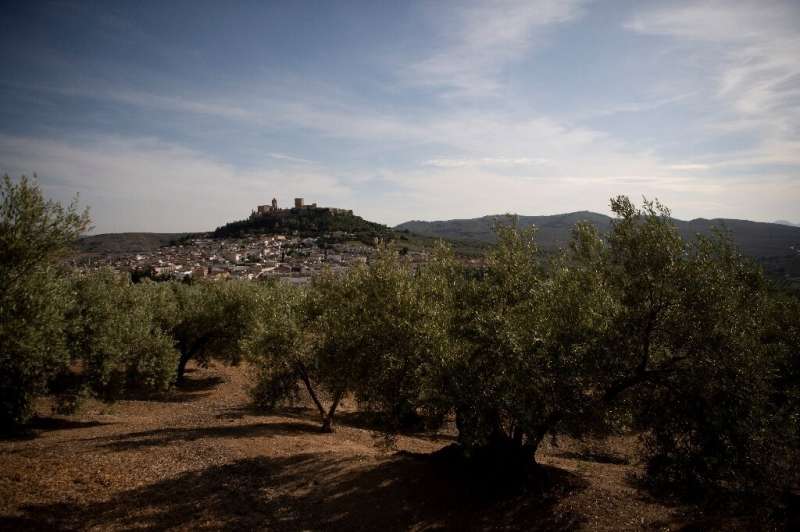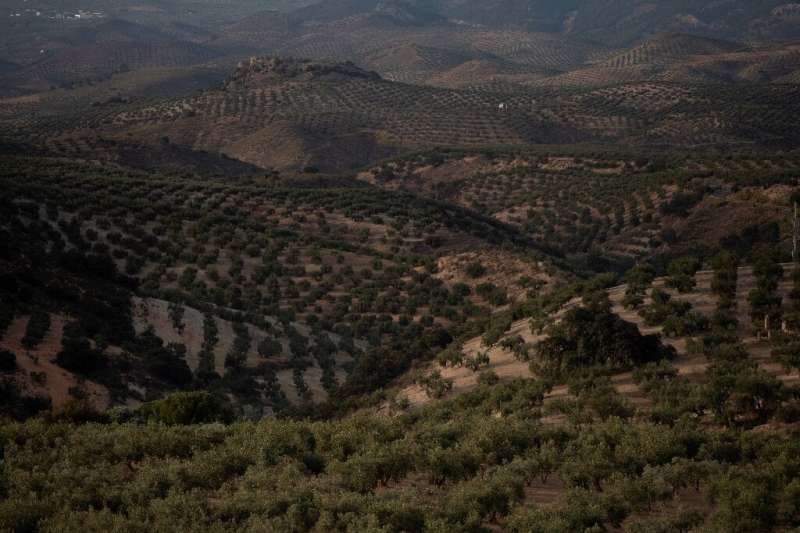By JOSEF FEDERMAN
JERUSALEM (AP) — The Israeli military has systematically evaded accountability in the deaths of 20 journalists over the past two decades, launching slow and opaque investigations that have never resulted in prosecution or punishment, an international press-freedom group said in a report Tuesday.
The Committee to Protect Journalists issued its report ahead of the one-year anniversary of the death of Shireen Abu Akleh — a Palestinian-American journalist with the Al Jazeera satellite channel who was killed while covering an Israeli military raid in the occupied West Bank.
The army has said Abu Akleh was likely killed by Israeli fire, but said the shooting was accidental and not announced any disciplinary action.
“The killing of Shireen Abu Akleh and the failure of the army’s investigative process to hold anyone responsible is not a one-off event,” said Robert Mahoney, CPJ’s director of special projects and one of the report’s editors. “It is part of a pattern of response that seems designed to evade responsibility.”
The New York-based CPJ documented the cases of 20 journalists killed by Israeli military fire over the last 22 years. Eighteen of the dead were Palestinians, while the other two were European foreign correspondents. At least 13, including Abu Akleh, were clearly identified as journalists or traveling in vehicles marked with press insignia, it said.
“No one has ever been charged or held responsible for these deaths,” the report said. “The impunity in these cases has severely undermined the freedom of the press, leaving the rights of journalists in precarity.”
The report found a “routine sequence” in the deaths of journalists. Israeli officials typically discount evidence or witness claims while cases are still under investigation, and journalists are accused of terrorism without providing any evidence. Probes can drag on for months or years and clouded in secrecy before they are closed, and families of the dead have little legal recourse.
“Israel’s procedure for examining military killings of civilians such as journalists is a black box,” it said. “There is no policy document describing the process in detail and the results of any probe are confidential.”
It found that the army tends to launch more robust investigations in cases such as Abu Akleh’s, when the journalist holds a foreign passport, but even those do not result in prosecution.
It called for criminal investigations into three cases: Yasser Murtaja, a well-known Palestinian journalist killed while covering protests along the frontier with Israel in 2018; Yousef Abu Hussein, a reporter with the Hamas militant group’s Al-Aqsa radio station who was killed in an Israeli strike on his home during a May 2021 war; and Abu Akleh.
Israeli officials have said that Abu Hussein was a legitimate military target and claimed without giving evidence that Murtaja was a militant.
In the case of Abu Akleh, the army said there was a “very high probability” that she was shot by an Israeli soldier who had misidentified her as a militant. But it held out the possibility that she had been shot by a Palestinian militant, though it gave no evidence to support that claim.
In a statement, the Israeli military said it “regrets any harm to civilians during operational activity and considers the protection of the freedom of the press and the professional work of journalists to be of great importance.”
It said it operates in a “complex security reality” and does not intentionally target noncombatants, using live fire only as a last resort. It said criminal investigations are typically opened in cases of civilian deaths, “unless the incident occurred in an active combat situation or if there is no suspicion of a crime having been committed by IDF soldiers.”
Abu Akleh, who was 51, was shot while covering an Israeli raid in the Jenin refugee camp in the northern West Bank on May 11, 2022. The area is known to be a stronghold of Palestinian militants.
The Israeli military frequently operates in the camp and said its soldiers had been involved in intense gunbattles with militants that morning. But it has provided no evidence that Palestinian gunmen were in the vicinity of Abu Akleh.
A number of independent investigations, including one by The Associated Press, concluded that Abu Akleh was almost certainly killed by Israeli fire and found no evidence of militant activity in the area. Witness accounts and amateur videos have also shown the area to be quiet before she was shot.
The United States concluded that an Israeli soldier likely killed her by mistake, but it did not explain how it reached that conclusion. A U.S.-led analysis of the bullet last July was inconclusive as investigators said the bullet had been badly damaged.
The Palestinian Authority, Al Jazeera and her family have accused the army of intentionally killing Abu Akleh, a veteran journalist well known across the Arab world for documenting the harsh realities of life under more than half a century of Israeli military rule.
The report said the shooting has had a chilling effect on press freedom.
“Many reporters covering similar raids and tensions — which have risen markedly since Shireen’s killing — are afraid of being shot,” said Guillaume Lavallee, chairman of the Foreign Press Association at the time of the shooting, told CPJ. He said the feeling of vulnerability is especially strong among Palestinian colleagues.
The FPA represents dozens of international media organizations operating in Israel and the Palestinian territories, including The Associated Press.
In its report, the CPJ called on the Israeli military to reform its rules of engagement to prevent the targeting of journalists, to guarantee swift, independent and transparent investigations and to make their findings public.
It also called on the U.S. to issue an update on the status of a reported FBI investigation into Abu Akleh’s killing and to put pressure on Israel to reform its rules of engagement.






















